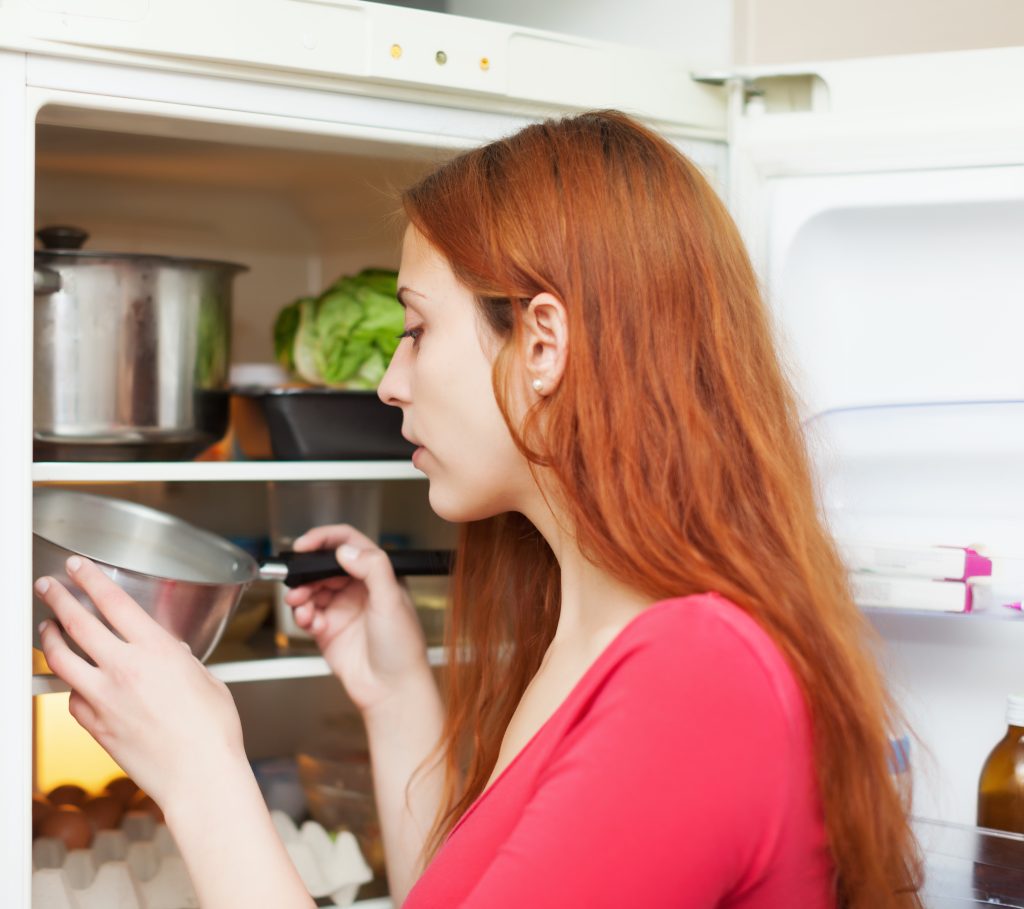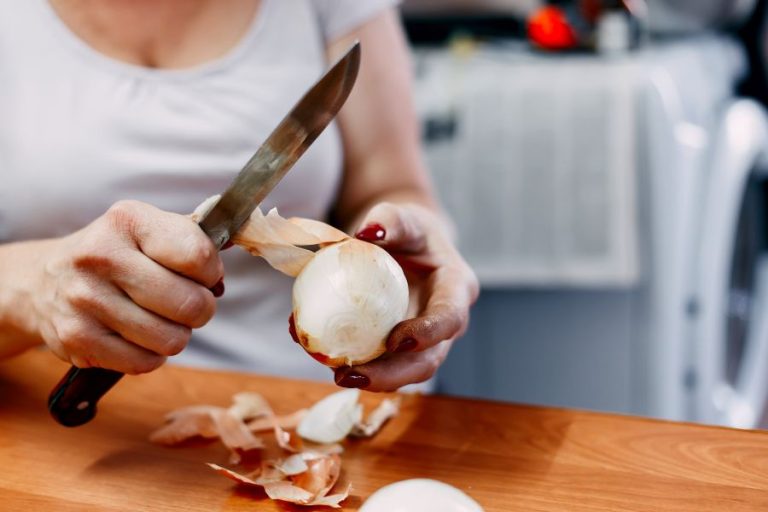
We’ve all been there: you open your fridge and spot something fuzzy and green. But not all moldy foods need to go straight into the trash. However, when it comes to the foods below, there’s no saving them. Mold + these foods = toss them out!
1. Soft Cheeses (Like Brie and Ricotta)
If mold appears on soft cheeses, it’s time to say goodbye. Their creamy texture allows mold to spread quickly throughout, making them unsafe to eat.
2. Bread and Baked Goods
It’s tempting to scrape off the moldy parts of bread, but that won’t do the trick. Mold can spread deep into the loaf where you can’t see it. Into the trash they go.
3. Soft Fruits & Vegetables (Tomatoes, Peaches, and More)
Moisture-rich fruits and veggies, like tomatoes and peaches, are a mold magnet. If they start to grow mold, the entire piece of produce is compromised.
4. Cooked Grains and Pasta
Cooked grains and pasta may seem harmless, but mold can grow and spread quickly in these foods. If you see mold on your leftovers, it’s time to toss them.
5. Yogurt and Other Dairy Products
Mold in dairy, such as yogurt, cottage cheese, or sour cream, means you need to throw the whole container out. Even if it looks like only a small part is moldy, it has likely spread throughout.
6. Leftovers
Got moldy leftovers? It’s safer to toss them than to risk eating something that could make you sick. Mold can grow beneath the surface, especially in cooked dishes.
7. Deli Meats
When mold appears on deli meats, it’s best not to risk it. Their moisture content allows mold to spread quickly, making them unsafe to eat.
Best Practices for Storing Different Types of Food

Now that we know what needs to be discarded, let’s talk about how to store your food properly to avoid future waste. A few small adjustments can go a long way in keeping your food fresh for longer.
Fruits and Vegetables
- Leafy Greens: Store them in a perforated bag with a damp paper towel to maintain their freshness.
- Carrots and Peppers: Keep these crunchy veggies in the crisper drawer for optimal freshness.
- Berries: Store them in a breathable container lined with a paper towel to absorb extra moisture.
Dairy
- Milk: Always store it in the coldest part of the fridge (the back shelf, not the door).
- Cheese: Wrap hard cheeses in wax paper, then place them in a sealed container to keep them fresh and prevent mold.
Meat and Fish
- Raw Meat and Fish: Store these on the bottom shelf of the fridge, where it’s coldest and any potential leaks won’t contaminate other foods.
- Cooked Meats: Keep them in airtight containers to prolong their shelf life and avoid exposure to air and moisture.
Foods That Can Be Saved After Mold Appears
While some foods need to be tossed immediately, there are a few that can be saved if you handle them properly. Here’s what you can keep:
- Hard Cheeses (like Parmesan and Cheddar): If you spot mold, simply cut away at least one inch around and below the moldy spot.
- Firm Vegetables (like carrots and bell peppers): These can often be salvaged by cutting off the moldy parts.
- Cured Meats (like salami): Surface mold can be wiped off with vinegar or scrubbed away, allowing you to safely eat the rest.

Tips to Prevent Mold Growth in Your Fridge
Nobody wants to deal with moldy food, so here are a few tips to help prevent mold from growing in your fridge in the first place:
- Store food properly: Use airtight containers or tightly wrapped packaging to minimize exposure to moisture.
- Keep your fridge clean: Wipe down surfaces regularly to prevent any mold from spreading to other items.
- Check expiration dates: Make it a habit to rotate older foods to the front and use them before they expire.
- Temperature matters: Keep your fridge at or below 40°F (4°C) to slow mold growth.
Conclusion
Mold is a part of life, but it doesn’t have to ruin your fridge! Knowing what foods to toss and how to store the rest will save you money and keep your meals fresh. So next time you spot something funky in your fridge, you’ll know exactly what to do! Keep your fridge organized, check regularly for signs of spoilage, and follow these tips to reduce food waste and keep your family safe.

